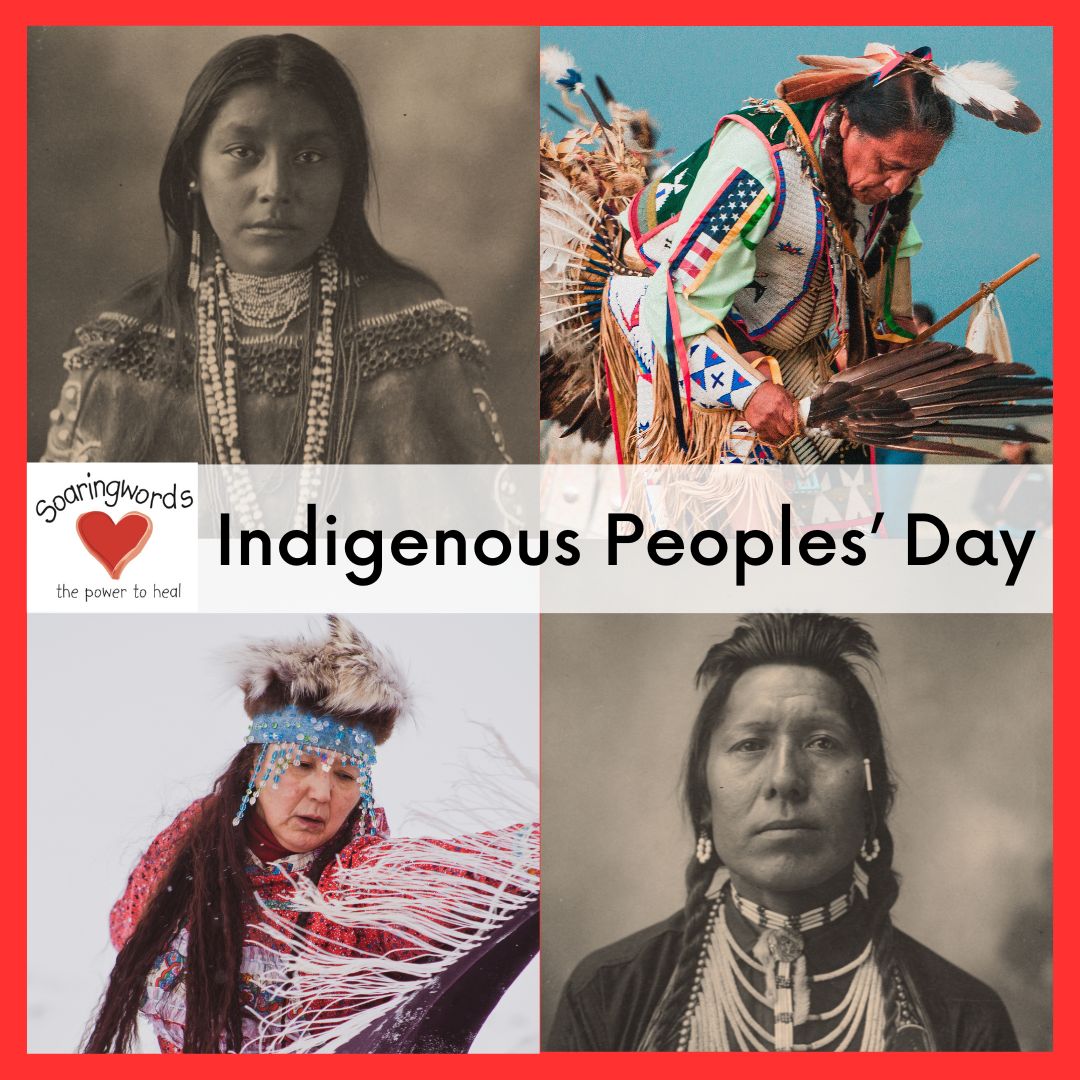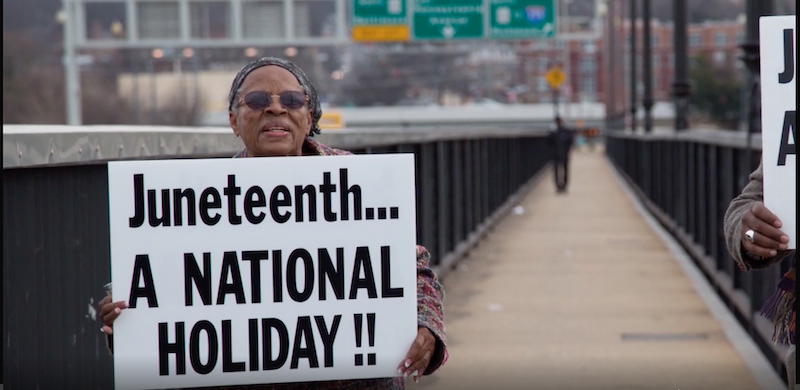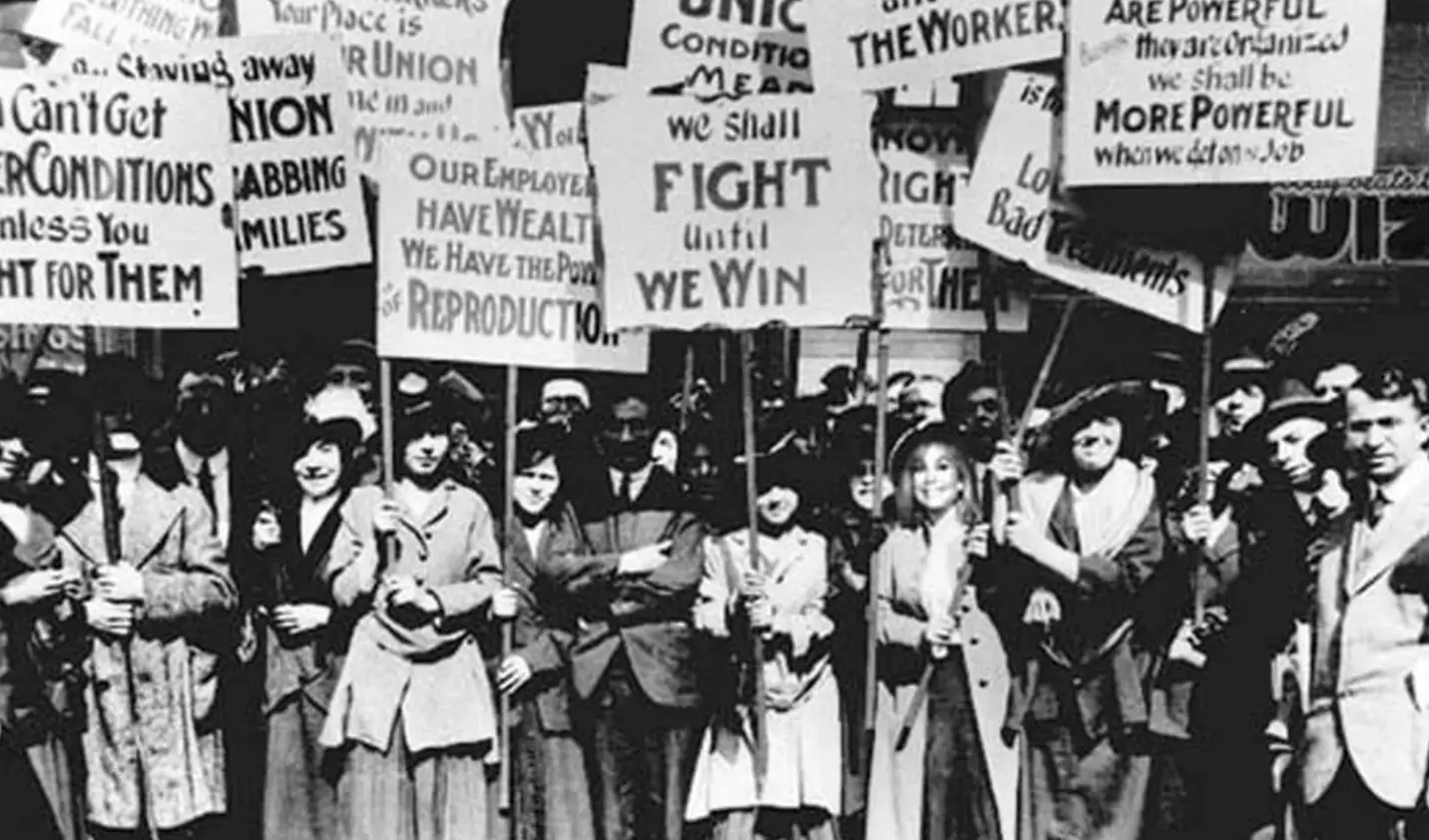
When humans view the world through the prism of an “US” vs. “THEM” mentality, it’s shocking how quickly polarizing, divisive thoughts, words, and actions escalate. Unfortunately, each week we’re experiencing the culture wars heat up to an explosive point as states, cities, and families become more polarized than ever before as a result of “scorch and burn” politics. Over the past decade, we’ve witnessed a global movement that has motivated a public discourse around history—specifically critically analyzing what our history books teach and weighing the truth of those words. History is being told with honesty in order to amplify the perspectives of people and cultures that have often been not only overlooked but actively dismissed, diminished, and discarded.
Today is Indigenous Peoples’ Day—formerly known as Columbus Day. Berkley, California was the first city to officially make the shift in 1992, and many other locations across the country followed suit. Columbus Day was officially renamed Indigenous Peoples’ Day through a presidential proclamation in 2021 that designated the day in honor of the lives of peoples whose presence, culture, and stories had previously been edited out of history. Case in point: The traditional narrative had been one of European explorers “discovering” lands that were already inhabited by indigenous peoples and thriving cultures such as the Mayan empire. In my suburban elementary school, instead of teaching us about the presence of indigenous people who lived on the land for thousands of years, the history of my childhood was whitewashed through a European lens of colonization, a more shameful origin story which tragically resulted in the genocide of thousands of indigenous people. I still remember a second-grade social studies lesson where our teacher taught us the words to a little ditty which reinforced this “origin story” of how European explorers discovered the “wilds” of North America. The words went something like, “Columbus sailed the Ocean blue in fourteen hundred and ninety two” and the chorus included the names of his ships, the “Nina, the Pinta, and the Santa Maria.” This narrative failed to acknowledge that people had already been residing in the Western hemisphere for thousands of years.
On October 5, the Washington Post reported findings from a new discovery, published in the leading research journal Science, which revealed that ancestral human footprints left on the shores of an ice age lake in New Mexico’s White Sands National Park suggests that people first crossed into present day North America over 29,000 years ago.

Footprints found at White Sands National Park (National Park Service).
On the cultural frontier, in recent years, there has been a movement to put history in its place by not giving public spaces of honor to people who have left incredibly painful scars on American history. Many statues, such as those of Confederate generals, have been removed in this effort. However, many still remain standing—including one of Columbus located near my home in New York City. The Columbus Circle neighborhood sits at the base of Central Park, just a few short blocks north of Times Square. In 2012, the Public Art Fund unveiled a new installation called “Discovering Columbus” created by the Japanese artist Tatzu Nishi. Nishi’s specialty has been to fabricate kitschy domestic environments around public monuments. Right in the middle of Columbus Circle, Nishi enclosed Gaetano Russo’s 1892 statue of Christopher Columbus in a funky, contemporary living room. Visitors climbed 70 feet of scaffolding to get close to the towering anachronistic sculpture in a surrealistic setting. Art has a powerful way of permeating our consciousness and impacting our world view. This innovative installation reminded people to take a closer look at their environments and see things from a new perspective.
Today I invite you to expand your worldview and generate unity by looking across the factors—such as cultural, ethnic, racial, and socioeconomic differences—that can divide us in order to experience being part of a common humanity. Today I celebrate indigenous peoples everywhere and the respected champions and leaders within these communities who are working tirelessly for the rights of all. We can all take a moment to pause and honor and remember those brave individuals whose lives were not included in history books, but whose perseverance and actions still forged new paths through courageous acts that envisioned a better life for themselves or their families.
I’m sending you strength and love,
Lisa



